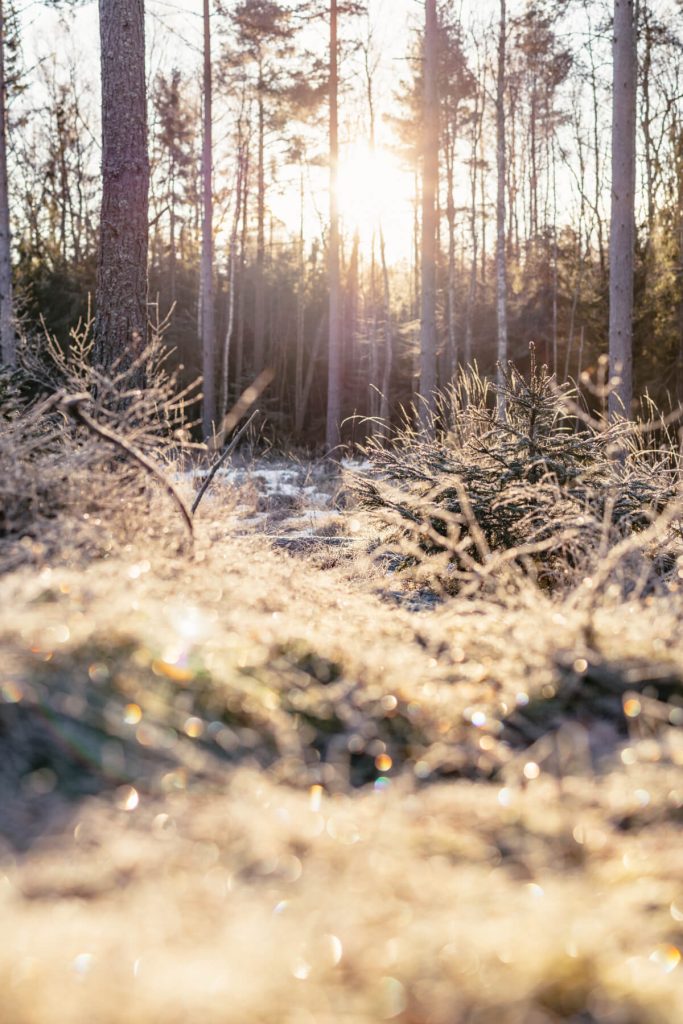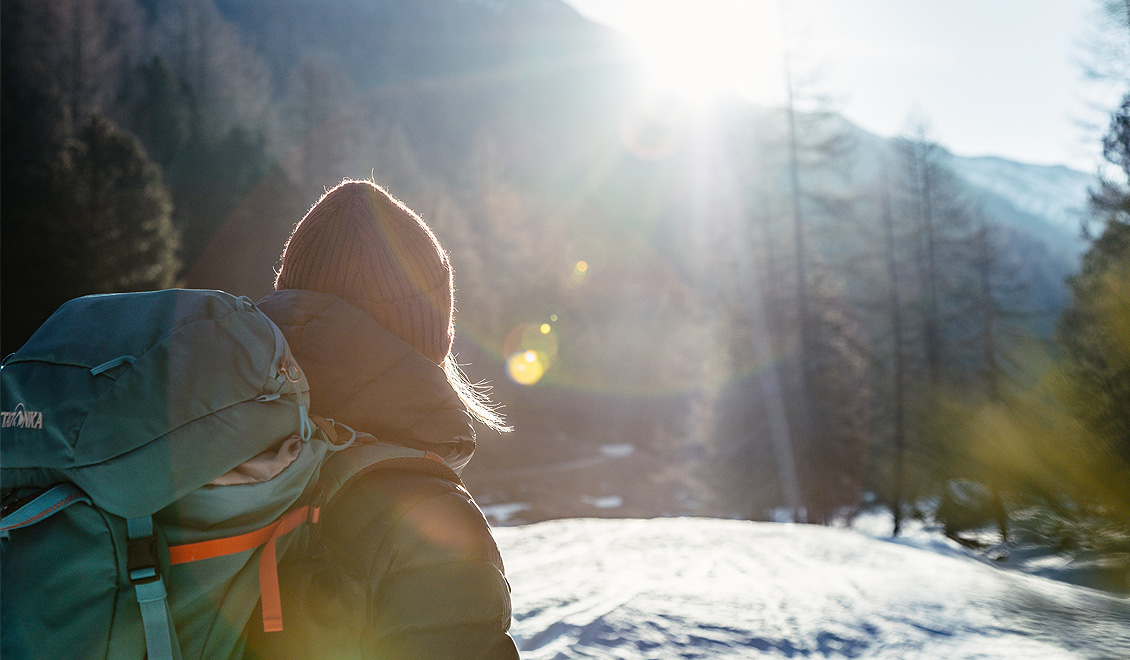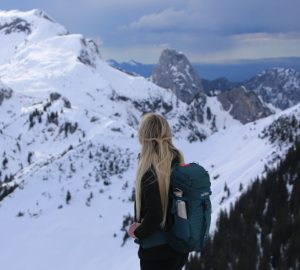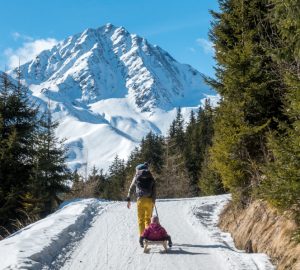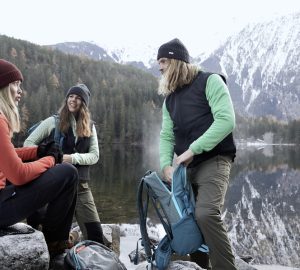Bitter cold that makes every ray of sunshine glisten and air that is so fresh it even smells like it. Short days that end comfortably and a rhythm that is very slow in winter. Pastel-colored skies and snow. Snow that swallows up all sounds and transforms the landscape so much that we don’t recognize it. When winter approaches, the hiking season is not over. We shouldn’t bury our hiking backpacks in the cupboard, quite the opposite: when winter approaches, a time begins that holds a special magic.
At the same time, however, winter is also the season that requires special preparation from everyone who is out and about. On the one hand for our own safety, but also to protect wild animals. After all, we are in the living room of rabbits, foxes, deer and the like, and they need special consideration in the coldest months of the year.
In this blog post, our author Franziska Consolati collects a few tips and experiences on how we can enjoy the winter outdoors without getting in the way of wild animals.
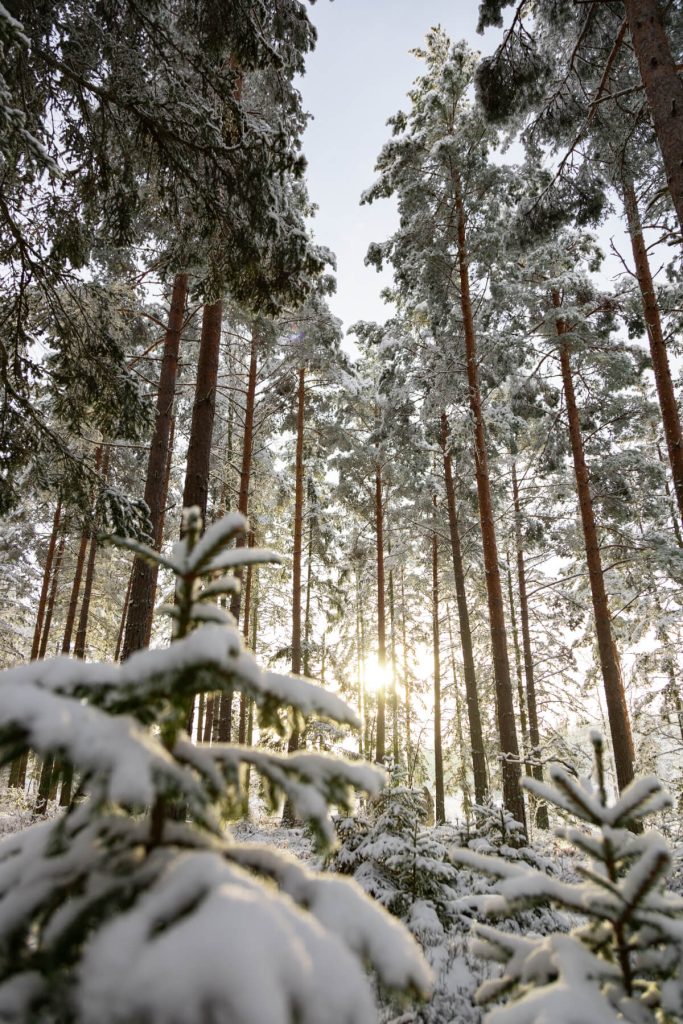
Why conservation zones are important
National park, nature reserve, protected area, quiet zone, natural monument – in Germany and also in neighboring countries in the Alpine region, there are more than a handful of types of areas whose nature and inhabitants enjoy special protection. There are also more than a handful of designations, and the regulations are also different. And these also vary depending on the time of year.
How can you make sense of it all?
Good question. Fortunately, there are now a few websites and other helpers that we can use to plan tours without getting in the way of nature and the animals in these areas.
In the coldest months of the year, the animals are constantly in survival mode. Some of them do not hibernate, such as marmots, but hibernate actively. They have learned to cope with the cold and the lack of food – and survive this extreme situation by consuming as little energy as possible.
To do this, some species reduce their body temperature, for example – even their heart beats more slowly and their metabolism is slowed down. In the case of ibexes, this even goes so far that they have just enough reserves to get out into the sun after a cold night.
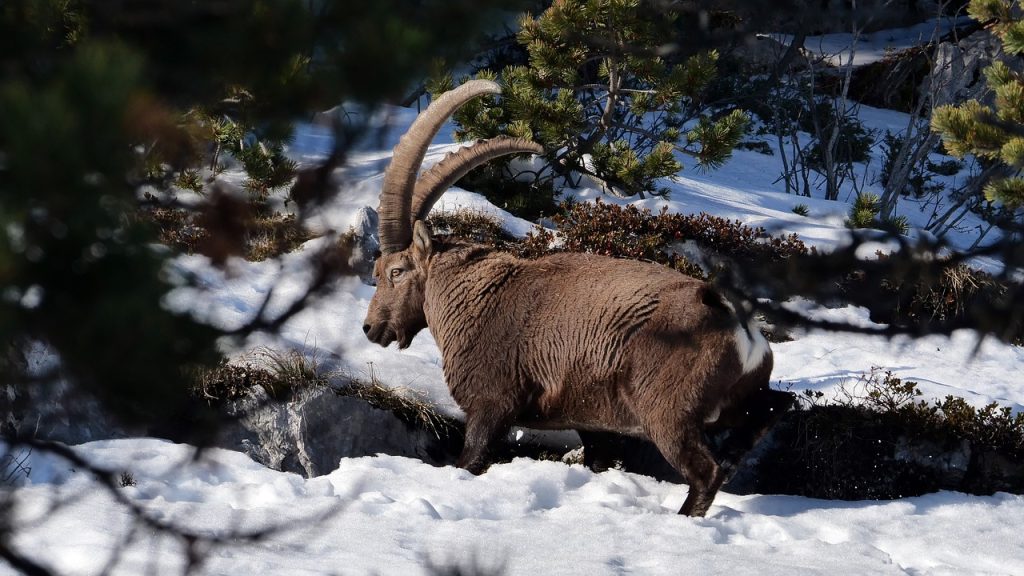
Every time one of these animals is startled – by a hiker, for example – it has to rev up its entire metabolism in the shortest possible time to escape. This requires so much energy that the flight reflex can be life-threatening.
It is up to us to prevent this from happening in the first place. Protection zones (no matter what we want to call them) are the only chance of survival for many animals in winter. Not only because they can hibernate undisturbed in these areas. But also because it plays a major role whether the supposed danger to the animals is foreseeable. Along frequented winter migration routes, for example, the animals learn to get used to humans as a disturbance factor. Surprising disturbances, however, for example in an area that is actually designated as a protected zone and is the animals’ safe retreat, trigger panic-like flight reflexes in the animals.
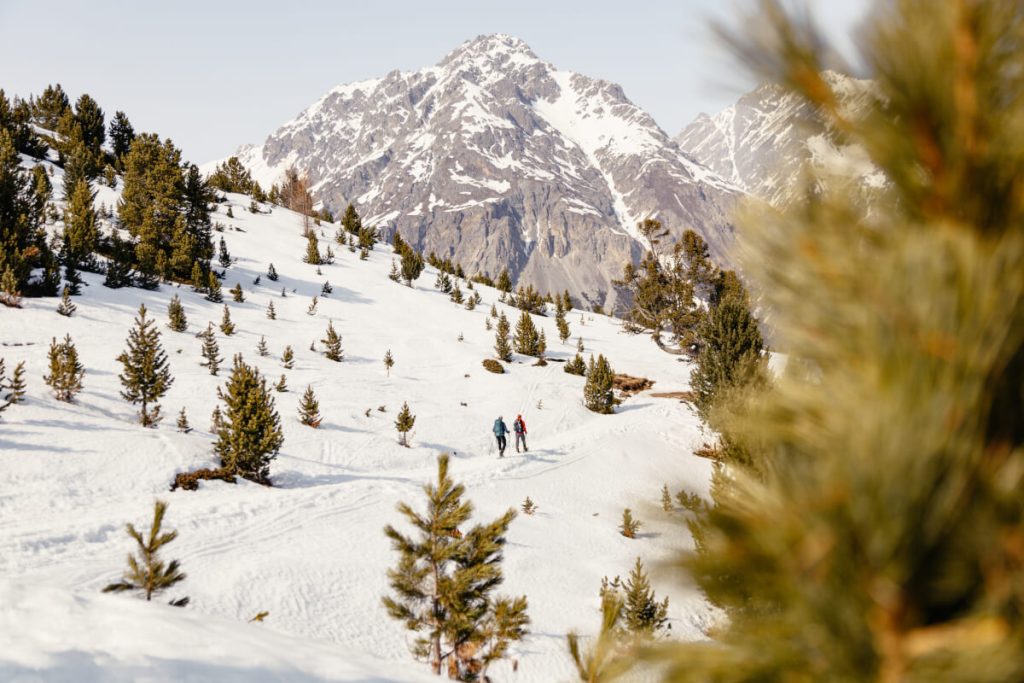
Before the winter hike:Helper for nature-friendly tour planning
Protection zones are now entered in many tour planning apps. Often regardless of whether the regulations vary depending on the season. However, you can roughly assume that an area that is protected in summer is even more protected in winter. There may also be a ban on using official hiking trails during the cold season.
If you are not sure when planning your tour, it is advisable to check the exact regulations on the website of the district or tourist region, for example.
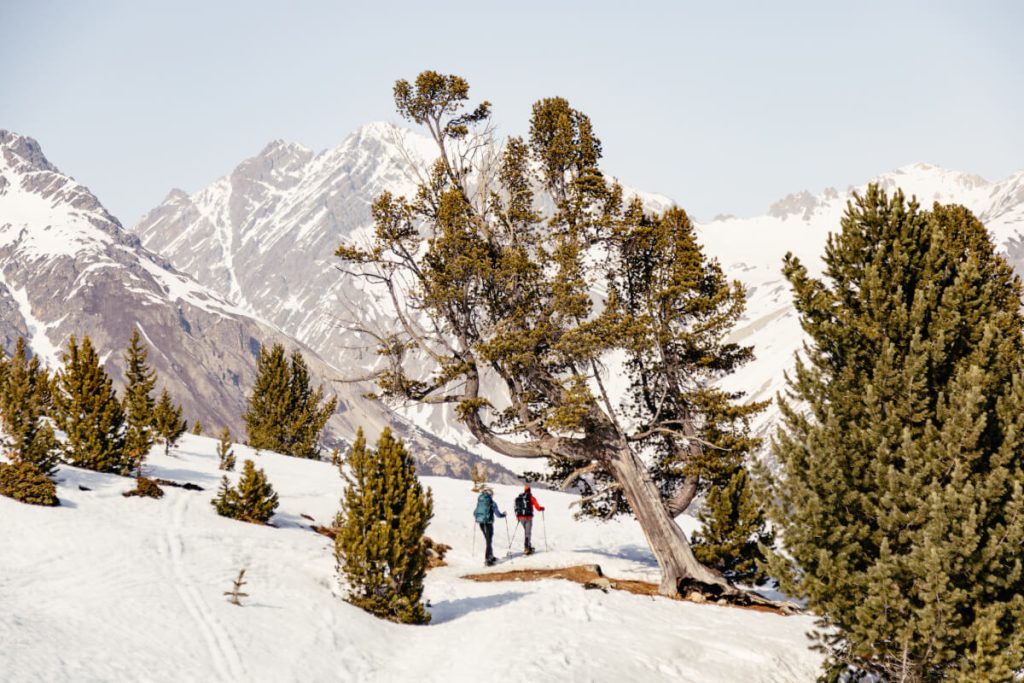
At larger hiking parking lots, there are also often signs from the respective section of the Alpine Club indicating the regional regulations. Both winter hikers and ski mountaineers are addressed. The environmentally friendly ski mountaineering project has been around for more than 20 years. As part of this project, the German Alpine Association has worked with the authorities to develop around 500 ski routes, 250 snowshoe routes and 280 forest/wildlife conservation areas. There is a whole collection of helpful tips and current regulations on the website of the German Alpine Association under the heading Naturally on Tour.
The website www.respektiere-deine-grenzen.ch is also a helpful address for winter hikes in Switzerland.
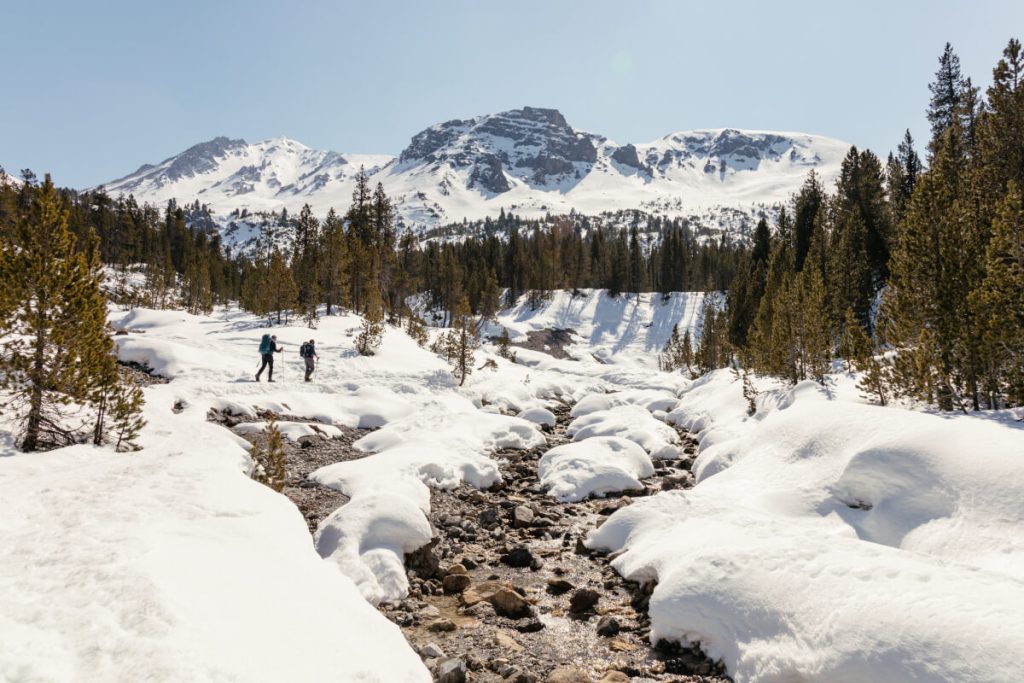
Reading tip: Safety on the mountain – How to get help in the mountains in an emergency
On a winter hike:The code of conduct for the protection of wild animals
- Whether on a marked trail in a protected zone or in open terrain that enjoys no special protection: It is important that we stay on the marked routes, do not lay new ones ourselves and do not “just take a quick short cut”. The aim here is to protect the animals’ retreats and avoid any surprises.
- Keyword: in the wild animals’ living room. Whatever we do, we should do it at room volume. Even if we are sure there are no animals nearby.
- The most sensitive time of day is dusk. If we avoid forests, peaks and ridges in the morning and evening hours, we are doing the animals a special favor.
- Full moon tours should only be undertaken on designated forest paths and night ski routes.
- Dogs are best kept on a lead. Even if the dog returns reliably without a lead and has never been noticed because of a hunting instinct.
This is less about the dog’s behavior and more about the fact that wild animals generally flee from free-roaming dogs – even if they don’t pay any attention to them.
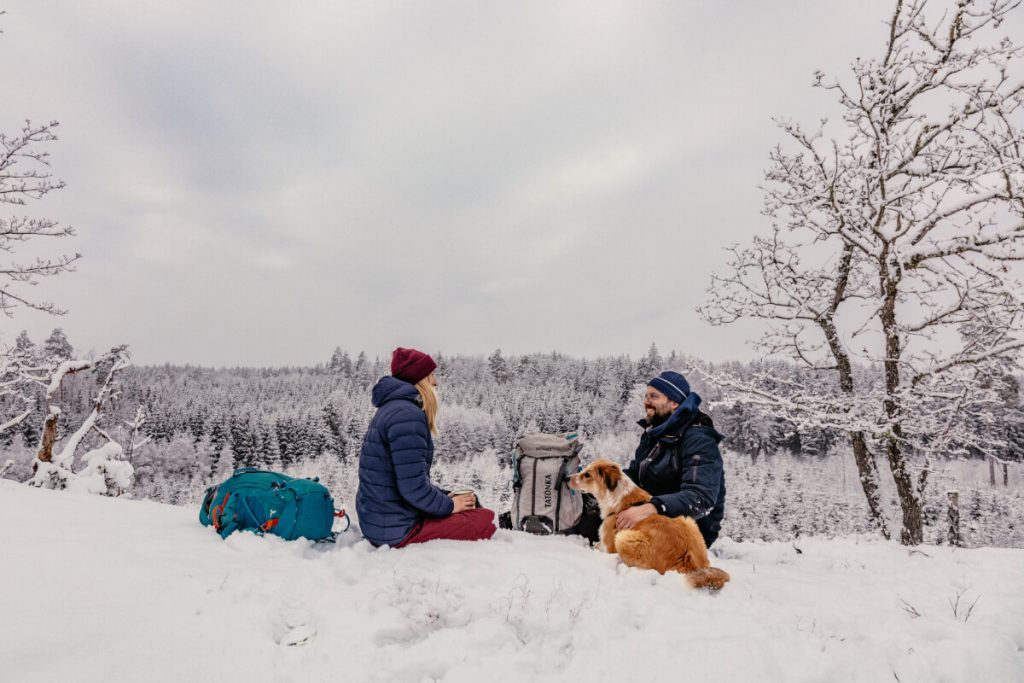
Winter lasts longer than we think
At least for wild animals. The animals have not survived the worst of it when the snow has melted. It’s a while later, when nature provides them with new food. In the Alps, for example, the critical end of winter often lasts until May or even June at higher altitudes.
